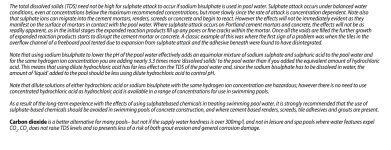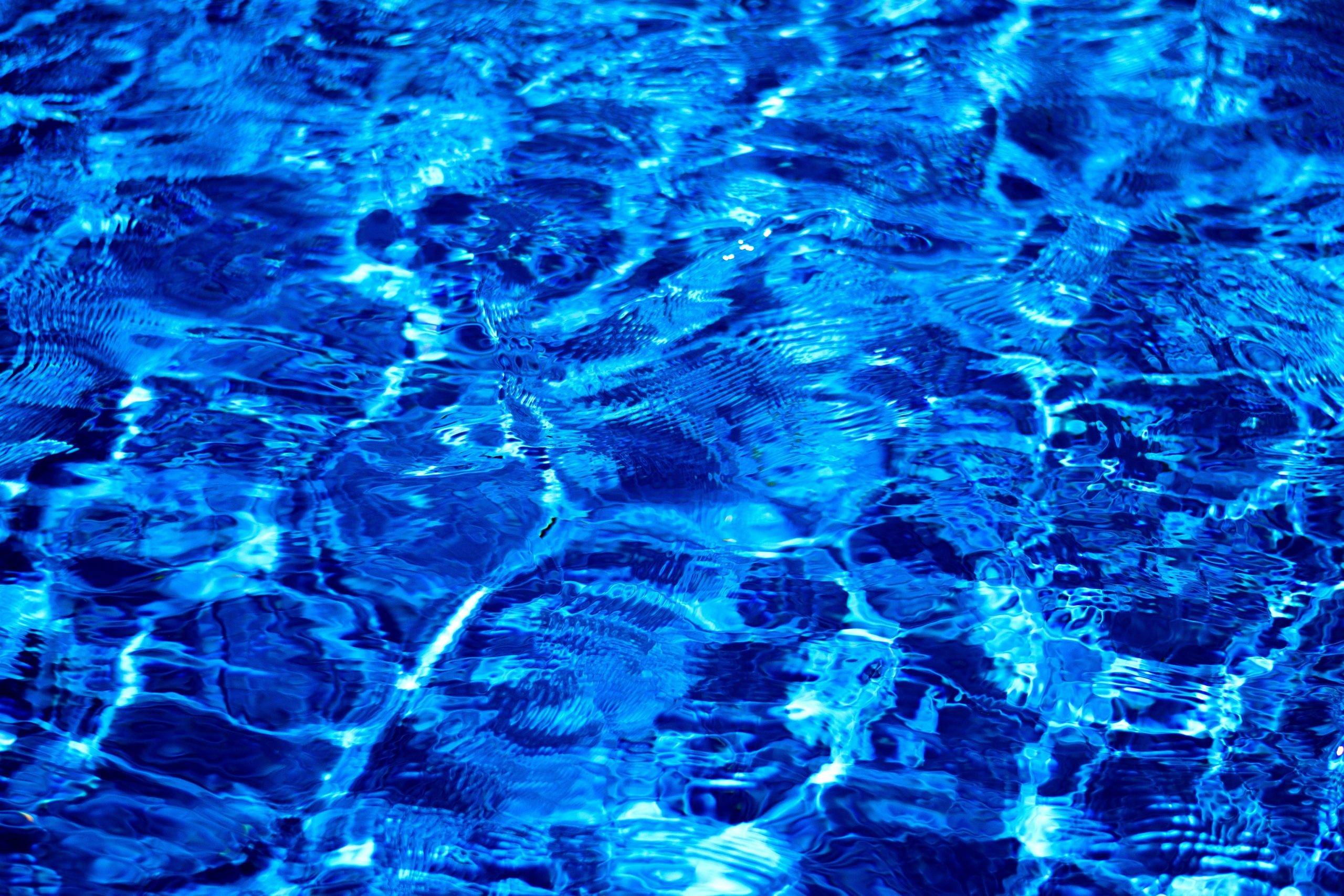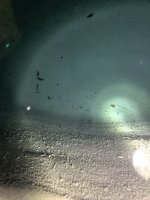I really need some expert help here please.
Quick backstory:
30K Gunite pool with Diamondbrite exposed agg finish finished in September 2020 near Philly Pa. SWG added Spring 2021. I've always maintained my own water chemistry using the Taylor test kits (full recent results to be posted below); also use the Orenda App and Pool Math to maintain CSI/LSI. Immediately after the pool was finished in 2020, the plaster was super rough and folks were cutting their feet playing sports in the pool. Finally filed a warranty claim in 2022 that was denied by pool builder (claiming it was water chemistry), so I paid to have the pool drained and "polished" (hand sanded using diamond discs) in the spring of 2023. New water was added and balanced. When I reopened the pool in spring 2024, I noticed calcium deposits all over the pool BELOW the water line. It was not scale, but calcium crystals that were razor sharp and all over the pool walls and floor. I tried lowering the TA and chemically removing them, but they could only be sanded off. So once again I hired a company to drain and "polish" the pool. All was smooth once again. I then did alot of research on CSI and LSI and made sure the CSI was between -.1 and +.1 all summer. Water was crystal clear and plaster was smooth. In an effort to not repeat the calcium crystals I decided to attempt balancing the water over the winter to rule out water chemistry as the cause of the crystals. I dropped 4 sump pumps with directional PVC pipes throughout the pool to create a circular "flow" and have been checking the water ever week since the closing on Nov 4, 2024. The water chemistry has been stable with the number I will post below. Unfortunately, with my latest weekly check I've noticed that the calcium crystals are just starting to return! Some folks now say the CH is too high, others say its too low.. but the CSI has remained between -.3 and +.3 since closing using pool math. Please help! Any advice is appreciated!
Current Pool Chemistry (numbers have been stable since closing, besides the water temp dropping):
pH: 7.8 (may be 7.7 as the color is a little lighter)
TA: 90
CH: 400 (may be 420, hard to tell some times with the exact color change)
CYA: 25
Water Temp: 38
Salt: 3100
No Borates
Quick backstory:
30K Gunite pool with Diamondbrite exposed agg finish finished in September 2020 near Philly Pa. SWG added Spring 2021. I've always maintained my own water chemistry using the Taylor test kits (full recent results to be posted below); also use the Orenda App and Pool Math to maintain CSI/LSI. Immediately after the pool was finished in 2020, the plaster was super rough and folks were cutting their feet playing sports in the pool. Finally filed a warranty claim in 2022 that was denied by pool builder (claiming it was water chemistry), so I paid to have the pool drained and "polished" (hand sanded using diamond discs) in the spring of 2023. New water was added and balanced. When I reopened the pool in spring 2024, I noticed calcium deposits all over the pool BELOW the water line. It was not scale, but calcium crystals that were razor sharp and all over the pool walls and floor. I tried lowering the TA and chemically removing them, but they could only be sanded off. So once again I hired a company to drain and "polish" the pool. All was smooth once again. I then did alot of research on CSI and LSI and made sure the CSI was between -.1 and +.1 all summer. Water was crystal clear and plaster was smooth. In an effort to not repeat the calcium crystals I decided to attempt balancing the water over the winter to rule out water chemistry as the cause of the crystals. I dropped 4 sump pumps with directional PVC pipes throughout the pool to create a circular "flow" and have been checking the water ever week since the closing on Nov 4, 2024. The water chemistry has been stable with the number I will post below. Unfortunately, with my latest weekly check I've noticed that the calcium crystals are just starting to return! Some folks now say the CH is too high, others say its too low.. but the CSI has remained between -.3 and +.3 since closing using pool math. Please help! Any advice is appreciated!
Current Pool Chemistry (numbers have been stable since closing, besides the water temp dropping):
pH: 7.8 (may be 7.7 as the color is a little lighter)
TA: 90
CH: 400 (may be 420, hard to tell some times with the exact color change)
CYA: 25
Water Temp: 38
Salt: 3100
No Borates











